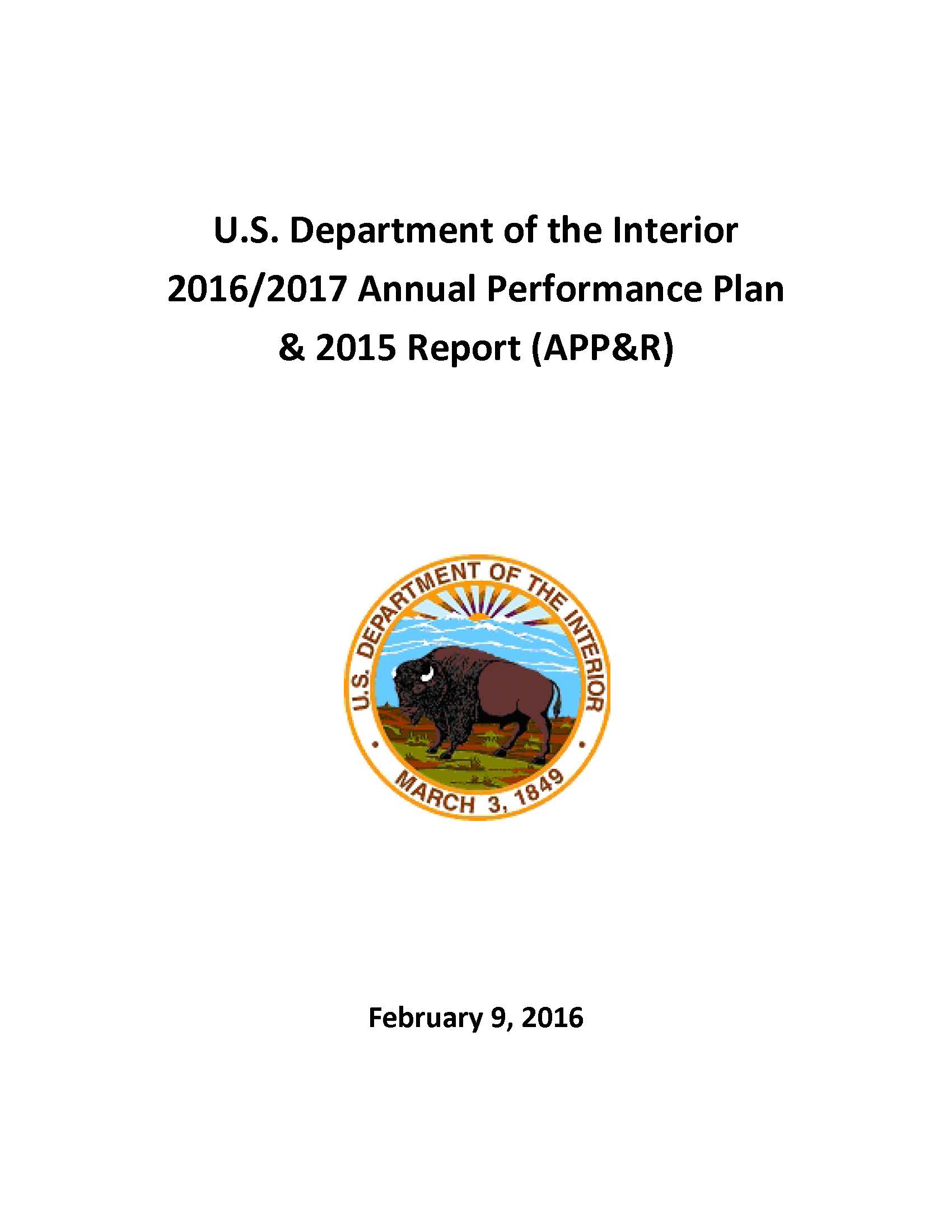- Home
- Agencies
- Department of Agriculture
- Department of Housing and Urban Development
- General Services Administration
- Department of Commerce
- Department of the Interior
- National Aeronautics and Space Administration
- Department of Defense
- Department of Justice
- National Science Foundation
- Department of Education
- Department of Labor
- Office of Personnel Management
- Department of Energy
- Department of State
- Small Business Administration
- Environmental Protection Agency
- Department of Transportation
- Social Security Administration
- Department of Health and Human Services
- Department of the Treasury
- U.S. Agency for International Development
- Department of Homeland Security
- Department of Veterans Affairs
- Goals
- Initiatives
- Programs
Primary tabs
Strategic Objective
Monitor and Assess Water Availability and Quality
Strategic Objective
Overview
The USGS Water Science Strategy (Strategy), outlined in Circular 1383-G Observing, Understanding, Predicting, and Delivering Water Science to the Nation, identifies water science goals and objectives that serve the Nation and address the water challenges for the future. The Strategy outlines areas where hydrologic science can make substantial contributions to the Nation and identifies opportunities for the USGS to better use its hydrologic science capabilities to address Administration priorities to ensure healthy watersheds and sustainable, secure water supplies. The Strategy is intended to inform long-term approaches to USGS program planning, technology investment, partnership development, and workforce and human capital strategies. The choice of strategic water science priority actions, goals and objectives is based on the guiding principles to observe, understand, predict and deliver water information that allows society to meet the water challenges of the Nation, current and future. While the Strategy does not cover all facets of USGS work in hydrology, it builds on a hierarchy of planning documents and provides a science-based response to the overarching issues of water availability and hydrologic hazards.
Water science actively promotes the use of information by decision makers to minimize loss of life and property as a result of water-related natural hazards, such as floods, droughts, and land movement; effectively manages groundwater and surface water resources for domestic, agricultural, commercial, industrial, recreational, and ecological uses; protects and enhances water resources for human health, aquatic health, and environmental quality; and contributes to the wise physical and economic development of our Nation's resources for the benefit of present and future generations.
Read Less...Progress Update
Performance shows gradual improvement from FY 2013 through 2015 toward long term, cumulative targets, associated with slight funding increases since FY 2013. This level of performance indicates that programs are effectively applying funding for needed research, monitoring and assessments to inform decision makers about water availability and quality.








